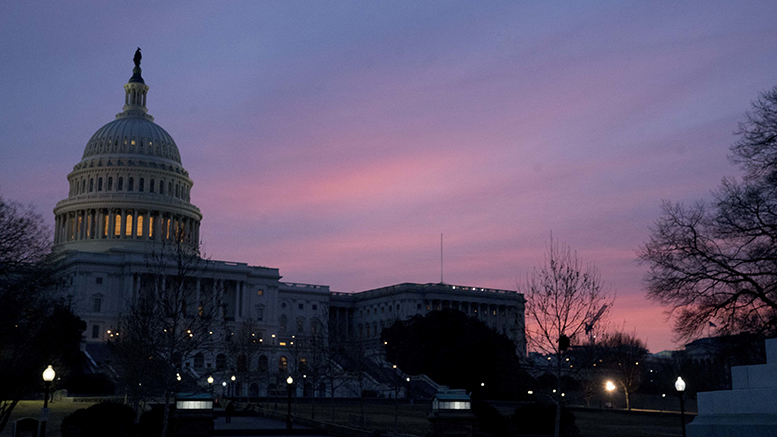After a brief government shutdown on Friday, Congress passed a two-year budget deal that substantially raises discretionary spending for fiscal years (FY) 2018 and 2019 — which is very good news for colleges.
The legislation increases defense and non-defense discretionary budget caps by $296 billion over the next two years. Non-defense spending will increase by $63 billion in FY 2018 and $68 billion in FY 2019 – increases of 12 percent and 13 percent over the FY 2017 cap, respectively.
The increases will enable appropriations committees to fund priority programs that may have been flat-lined or cut under the existing tighter budget caps. Summaries of the bill indicate that $4 billion of these additional funds are earmarked for a “college affordability” program aimed at public servants. In addition, $20 billion is set aside for infrastructure projects. More details on these set-asides will come soon.
Colleges in disaster areas
The 652-page legislation’s scope extends well beyond the funding cap increases. The bill also provides $89 billion in disaster aid, which falls outside the budget caps, to deal with the consequences of last year’s hurricanes and wildfires. This aid includes an infusion of $100 million into the Federal Supplemental Educational Opportunity Grant and Federal Work-Study Program for colleges in areas affected by natural disasters, as well as $75 million to offset costs incurred by those institutions to defray unexpected costs associated with enrolling students displaced from other institutions that closed as a result of an emergency.
The bill also extends many tax provisions that were set to expire, including a college tuition deduction, though it is not used by many community college students. It also suspends the debt ceiling until March 1, 2019.
Now up to appropriators
Now that the budget deal has passed, congressional appropriators must allocate the additional funds among the 12 appropriations subcommittees. The American Association of Community Colleges and other higher education organizations are advocating for as large an allocation as possible to the House Labor, HHS and Education appropriations subcommittee.
A top priority for higher education is an allocation that allows appropriators to fund other priorities without diverting funds from the Pell Grant program, which is currently operating with a surplus. House and Senate appropriations bills advanced last year took approximately $3 billion from the Pell Grant surplus, which is about $8.5 billion in FY 2018.
AACC’s position is that the surplus should only be used to increase Pell grants and making other improvements to the program, and reserved to offset future cost increases.
Also at stake in the forthcoming FY 2018 appropriations process is the Pell maximum for the award year that starts July 1. The Senate appropriations committee has approved a $100 increase that would bring the maximum grant to $6,020, while House legislation freezes the maximum grant at $5,920.
Additional funds may also allow for increases in community college priority programs such as the Carl D. Perkins Career and Technical Education Act, adult education, and Higher Education Act Title III and Title V programs.




